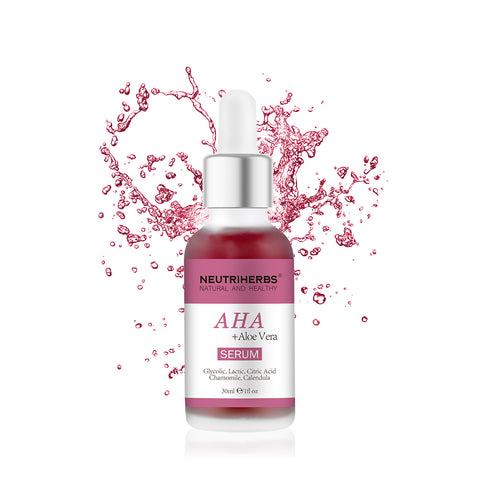What are chemical peels?
You probably might’ve seen some of these all over social media. From YouTubers to celebrities showing off their skincare routine, it usually includes a chemical peel of some sort where they visit a dermatologist from time to time or have one at home.On the other hand, you might’ve seen the infamous scene from American Psycho where Christian Bales character uses a chemical peel as a part of his morning skincare routine. Of course, different people have different types of skin and different goals, some like their skin to have a natural glow, while some want to treat types of acne or scars on their face. Today we will be talking about chemical peels that we can apply ourselves at home.

Benefits of peels
Chemical peels also act as exfoliators and so much more. The peel’s objectives are to unclog pores, reduce or eliminate acne and acne-causing bacteria, correct any irregularities and minimize wrinkles, help with the absorption of other topical products, and gives you plump skin. Peels are generally divided into 3 different categories based on how strong they are. The three categories being superficial, medium,and deep peels.
Superficial peels take effect immediately and are generally best for people with minor skin issues such as small irregularities or small scars. These peels exfoliate softly over the skin surface. Medium peels penetrate more of the skin than superficial peels; this is for people who have any issues with their skin. These peels are generally targeted at people with visible dark spots, irregularities, and wrinkles on their skin. Deep peels describe themselves because they penetrate the skin on a very deep level. This is for people who suffer from major scars, severe irregularities or discoloration, and wrinkles. A professional like a dermatologist must do any type of deep peels because any misuse can result in unwanted issues.
Types of peels
We’ve talked about the categories of peels we need to know, now let’s talk about the different types of peels we might see available on the market. It is important to know that what works for others might not work for you. Therefore, it might be a good idea to do some research and experimentation. Some of the most common ingredients in peels include enzyme peels, lactic acids, salicylic acid, and glycolic acid. Enzyme peels are consideredsuperficial, meaning they benefit people with sensitive skin the most. As with most peels, enzyme peels help clear out pores and remove dead skin cells. Lactic acid peels also work in a similar way to the enzyme peel because it is also gentle to the skin and helps clear out dead skin cells. Salicylic acid is an oil-soluble peel that is very effective in treating acne. It penetrates the skin more than enzyme peels and is more effective for people with oily skin. Glycolic acid is also a peel that penetrates the skin and helps with collagen production, correcting irregularities, helping with acne, and so on.
References
Gotter, A. (2018, September 18). What You Should Know About Chemical Peels. Healthline. https://www.healthline.com/health/chemical-peels.
Jaliman, D. (2019, August 27). Chemical Peel: Purpose, Procedure, Risks, Results. WebMD. https://www.webmd.com/beauty/cosmetic-procedures-chemical-peel-treatments#2-4.
Science, F. C. of S. S. (2019, March 8). The Beginner's Guide to At-Home Chemical Peels. Healthline. https://www.healthline.com/chemical-peel-at-home/#ingredient-recommendation.
Plott, R. T. (2015, April 28). Which Chemical Peel is Right for Your Skin?: Dermatology Alliance. Epiphany Dermatology. https://www.epiphanydermatology.com/blog/types-of-chemical-peels/.



